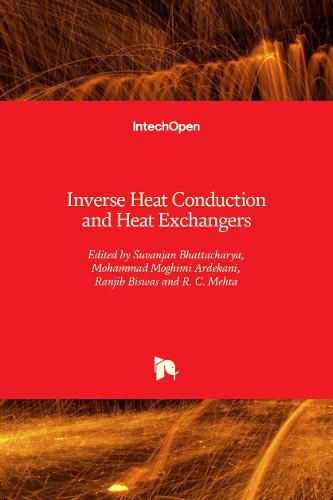Readings Newsletter
Become a Readings Member to make your shopping experience even easier.
Sign in or sign up for free!
You’re not far away from qualifying for FREE standard shipping within Australia
You’ve qualified for FREE standard shipping within Australia
The cart is loading…






A direct solution of the heat conduction equation with prescribed initial and boundary conditions yields temperature distribution inside a specimen. The direct solution is mathematically considered as a well-posed one because the solution exists, is unique, and continuously depends on input data. The estimation of unknown parameters from the measured temperature data is known as the inverse problem of heat conduction. An error in temperature measurement, thermal time lagging, thermocouple-cavity, or signal noise data makes stability a problem in the estimation of unknown parameters. The solution of the inverse problem can be obtained by employing the gradient or non-gradient based inverse algorithm. The aim of this book is to analyze the inverse problem and heat exchanger applications in the fields of aerospace, mechanical, applied mechanics, environment sciences, and engineering.
$9.00 standard shipping within Australia
FREE standard shipping within Australia for orders over $100.00
Express & International shipping calculated at checkout
A direct solution of the heat conduction equation with prescribed initial and boundary conditions yields temperature distribution inside a specimen. The direct solution is mathematically considered as a well-posed one because the solution exists, is unique, and continuously depends on input data. The estimation of unknown parameters from the measured temperature data is known as the inverse problem of heat conduction. An error in temperature measurement, thermal time lagging, thermocouple-cavity, or signal noise data makes stability a problem in the estimation of unknown parameters. The solution of the inverse problem can be obtained by employing the gradient or non-gradient based inverse algorithm. The aim of this book is to analyze the inverse problem and heat exchanger applications in the fields of aerospace, mechanical, applied mechanics, environment sciences, and engineering.